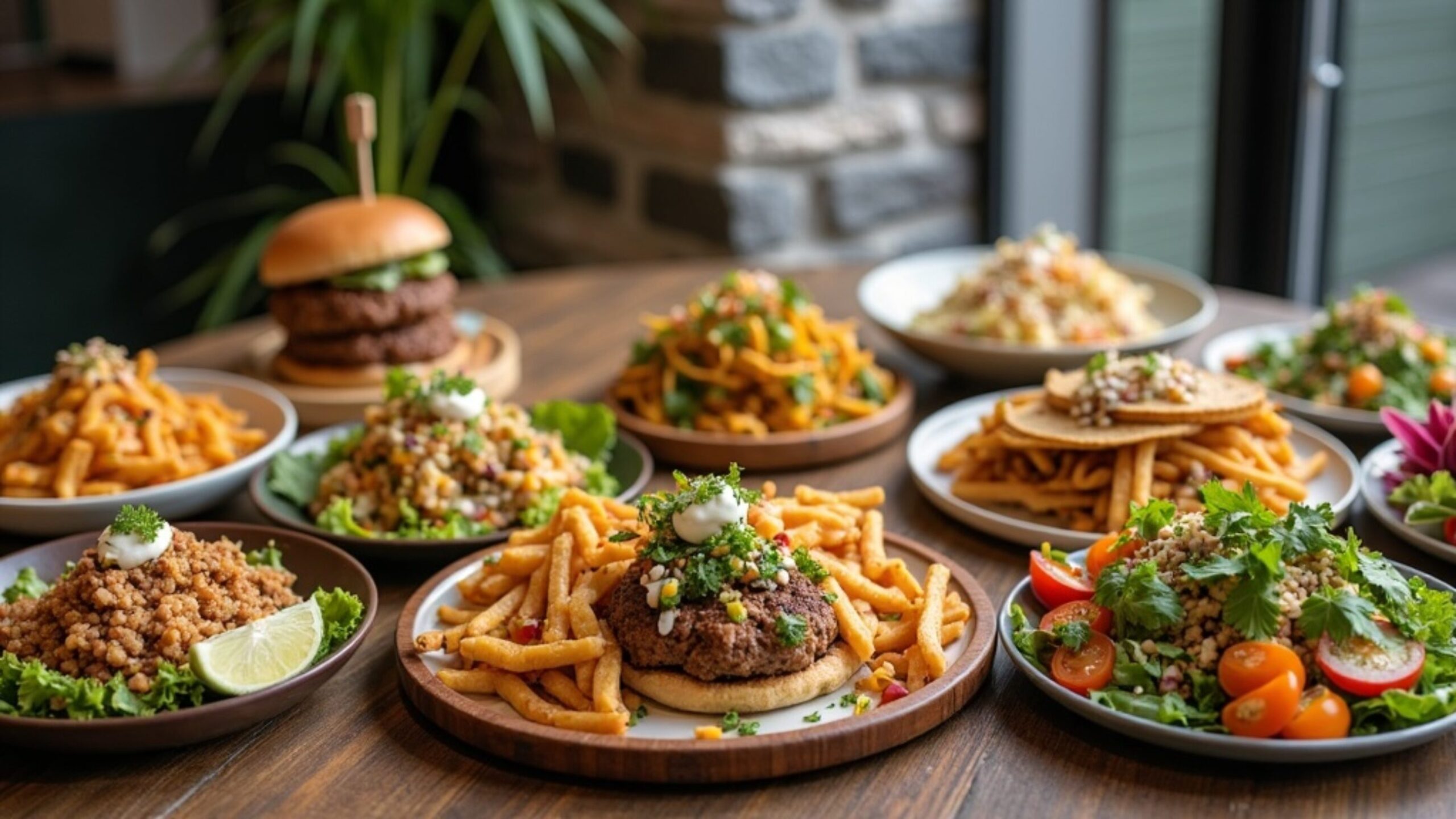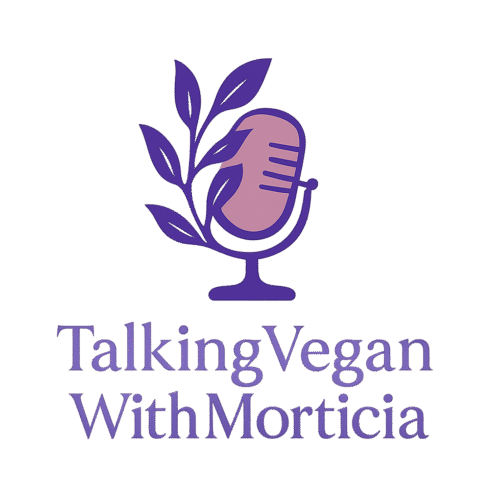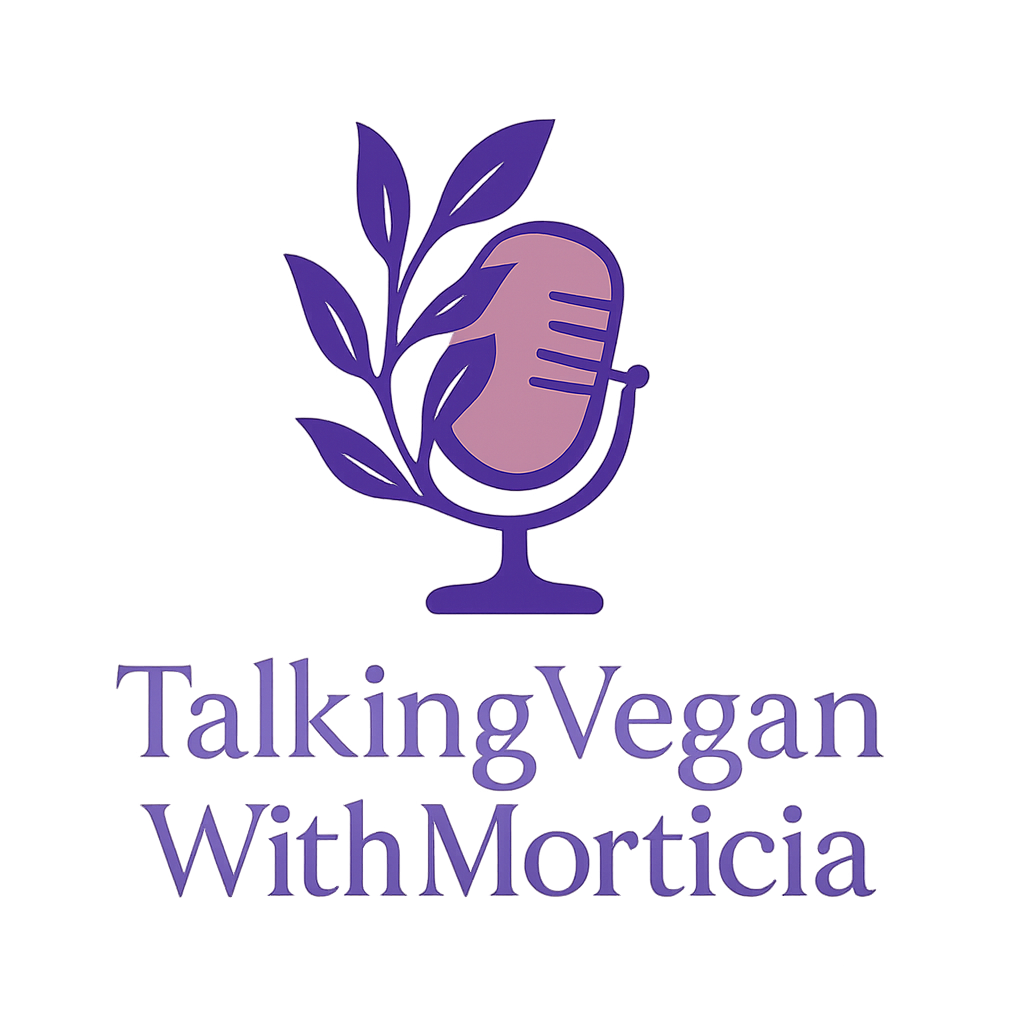Vegan baking might seem daunting at first, but it’s really about knowing your ingredients and how to substitute them. Flaxseeds, applesauce, and aquafaba (the liquid from canned chickpeas) are your best friends. They work wonders when you need to emulate eggs’ binding and leavening properties. Just one tablespoon of ground flaxseed mixed with three tablespoons of water can match the effect of one egg.
When it comes to milk replacements, almond and oat milk are great all-around players. For recipes that need creaminess, like desserts or pastries, soy yogurt often delivers just the right texture. Chia seeds can step in for eggs, too; they bulk up and provide structure, especially useful in softer baked goods like muffins.
Natural sweeteners such as maple syrup and coconut sugar can elevate your baked treats while adding subtle layers of flavor. A touch of cinnamon or a splash of vanilla extract can transform simple recipes into mouth-watering experiences.
Keeping your vegan pastries moist can be tricky. The secret is in the use of plant-based yogurts and oils. They don’t just mimic the texture of their non-vegan counterparts but also enhance the flavor profile.
Getting the texture right can be a puzzle. Whole-grain flours often add a hearty touch to loaves and cookies. The fat source matters too, with options like coconut oil giving richness without the dairy.
Every baker faces hiccups. Are cookies crumbling too much? Cakes seeming more like bricks than fluff? Often, it’s about tweaking balances. Too much flour can dry things out, while overmixing dough or batter can make it dense. A little finesse with measurement goes a long way.
Beyond the ingredients, the science bit is what makes vegan baking tick. Precise measurements and careful timing are more crucial when you aren’t relying on traditional ingredients to compensate for any fluctuations. Keep an eye on those bake times and temperatures for the best results.



